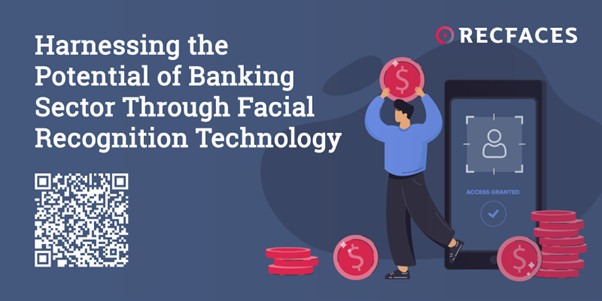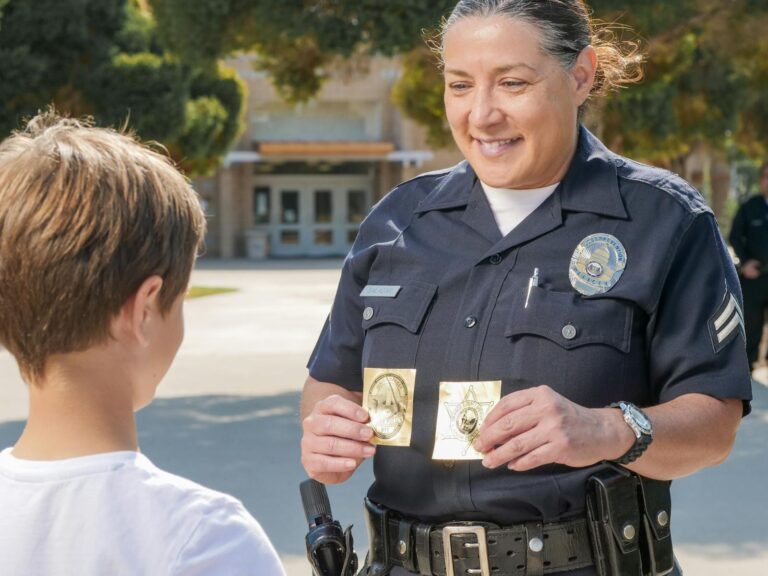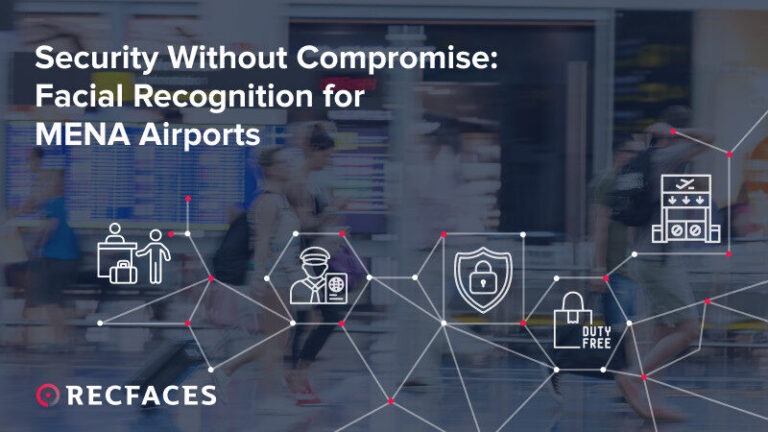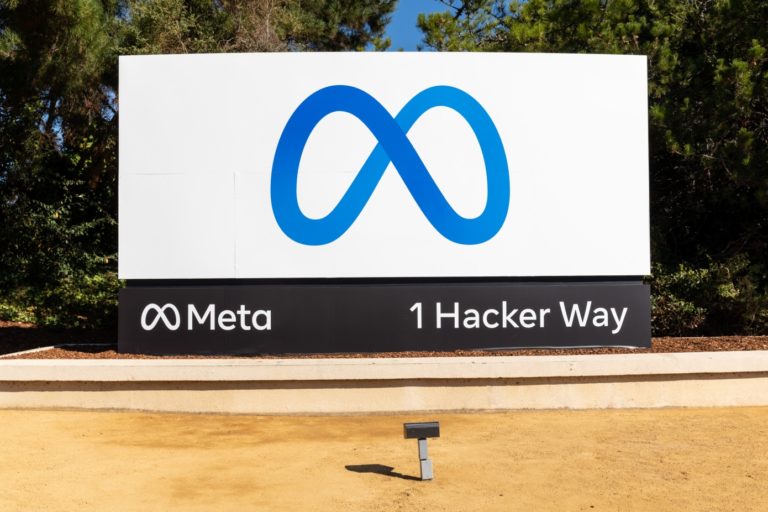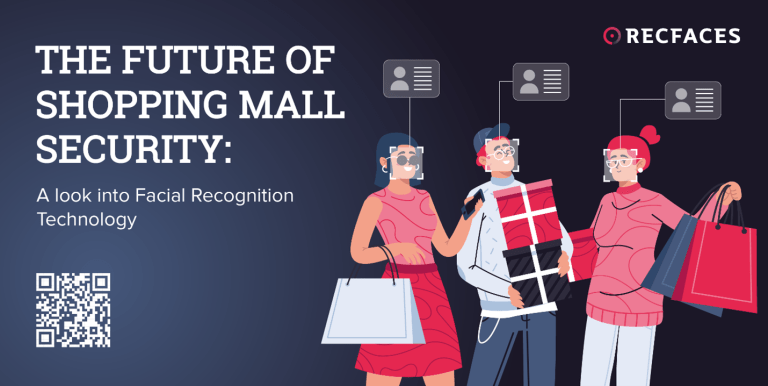Building Trust, Protecting Voices: How Facial Recognition Transforms the Voting Experience
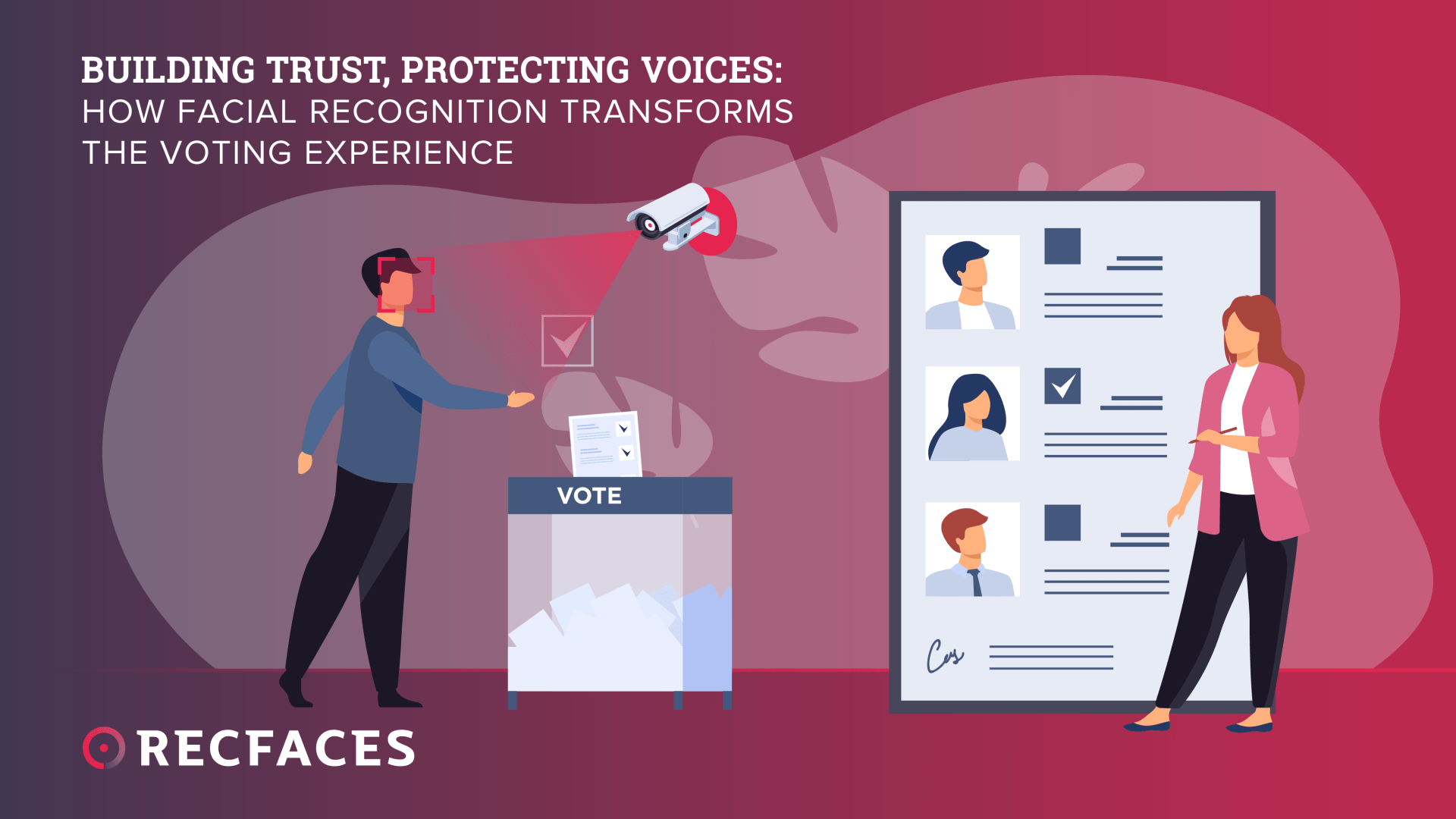
As October draws to a close and we find ourselves with just two months left in 2024, one can’t help but ask: What makes this year so special? The answer lies in the remarkable convergence of democratic participation around the globe, with 65 elections scheduled across 54 countries — a unique occurrence that won’t happen again until 2048. For citizens all over the world this moment represents not just an opportunity to vote but a chance to influence the direction of their nations and the global landscape during a time of unprecedented change.
Elections are the cornerstone of democracy, serving as a powerful platform for citizens to express their beliefs and aspirations. Each vote is a declaration of hope for the community and the nation, influencing policies and leadership while holding leaders accountable. In this evolving electoral landscape, technology is transforming how citizens engage with democracy. Innovations like electronic voting and biometric systems are enhancing the voting experience, with Facial Recognition Systems (FRS) emerging as a vital tool for ensuring security and preventing fraud. By safeguarding the integrity of elections, FRS instills trust and empowers citizens to exercise their rights confidently in this year of promise and change.
Protecting Every Vote with Facial Recognition
Facial Recognition Systems (FRS) are transforming election security in a time when confidence in electoral procedures is crucial. FRS improves security by monitoring and controlling access to sensitive voting areas, ensuring that only authorized individuals can participate in the electoral process. The stakes are higher than ever before, with half of the world’s population in over 60 countries taking part in national elections this year and approximately two billion eligible voters, making 2024 the largest election year in history. In addition to enabling efficient crowd control at voting places during peak voting times, this feature reduces the dangers of illegal access and possible disruptions.
In addition to security, FRS can expedite voter verification, which lowers the likelihood of fraud considerably. Conventional identity authentication techniques can be exhausting and prone to mistakes, but FRS provides a cutting-edge solution with 99.9% accuracy. When educated on balanced data, it is impartial and trustworthy, guaranteeing that every voter is treated fairly. Election officials can swiftly and precisely verify a voter’s identification, ensuring that every voter is eligible to cast a ballot through the use of digital voter IDs linked to biometric information. This technical innovation not only strengthens the election’s integrity but also gives voters more confidence, enabling them to take part in the democratic process with assurance. In a time when every vote matters, FRS can stand as a vital ally in securing the future of our elections.
Opening Doors to Accessible Voting
It’s important to acknowledge how Facial Recognition Systems (FRS) can greatly improve voter accessibility and involvement, especially through creative remote voting choices, as we examine the developments in voter identification. Election officials can enable elderly, disabled, and remote voters to safely cast their ballots from home by integrating FRS with remote voting platforms. The process is simplified as voters use a device to take a picture of their face, which FRS quickly verifies against biometric information.
In addition to guaranteeing that only eligible voters receive their ballots, this enhances the democratic process’s legitimacy and resolves practical issues that frequently prevent participation. By eliminating the need to navigate inaccessible polling places for voters who might have difficulties reaching polling locations, such as individuals with disabilities or those living in remote areas. FRS fulfills a moral obligation to make voting accessible while enriching the electoral process with diverse perspectives. Additionally, the quick authentication process minimizes wait times, encouraging higher participation rates and creating a more inclusive electoral environment where every citizen can contribute to shaping their nation and policies.
There is a noticeable difference in voter turnout between younger and older generations in several countries. The voting process can be modernized with Facial Recognition Systems (FRS) to make it more efficient and in line with the expectations of younger, tech-savvy generations, helping to counter this trend. FRS provides a streamlined, user-friendly approach that allows for quicker check-ins and much shorter wait times at polling places, which can encourage increased voter turnout across all demographics.
Furthermore, by expediting and streamlining the voting process, FRS lowers voter indifference while enhancing security and guaranteeing that only qualified voters may cast ballots. Ultimately, FRS strengthens the democratic process by making elections more accessible, inclusive, and efficient, ensuring that every citizen’s voice is heard and valued in shaping the future.
A Vision of Trust
As we look toward the future of elections, it’s clear that Facial Recognition Systems (FRS) offer groundbreaking potential to improve election security, streamline voter verification, and increase accessibility. However, as with any technological advancement, it’s crucial to strike a balance between innovation and ethical considerations. Protecting citizens’ privacy is a primary consideration when collecting and using biometric data, as it raises valid concerns about data security and informed permission. Policymakers and electoral officials must establish strong protections with clear instructions for how voter data is stored, accessed, and used.
The vision for FRS extends beyond just improving the logistics of voting; it represents a step toward a future where technology enhances democratic engagement, fosters trust, and empowers citizens to participate confidently in shaping their governments. Voting is not just a civic duty—it’s a powerful act of shaping the future. In a time when so many critical decisions lie ahead, particularly for younger generations, every vote becomes a beacon of hope, a declaration of belief in a better tomorrow. FRS helps to tear down barriers, ensuring that no one is left out of the democratic process. For the young, the elderly, the remote, and the underserved—this is your moment to stand up and be counted.
As we embrace this modern way of voting, let us remember that the technology may evolve, but the core of democracy remains the same: it is built on the collective voices of the people. This year, more than ever, your vote matters. Step forward, be heard, and make your mark on the future.
Your Identity, Your Vote: Secure Democracy with Facial Biometrics!
“This technology is not just about security; it’s about protecting the integrity of our electoral process and making voting accessible for everyone. By empowering citizens to cast their votes confidently, we foster a culture of participation. Let us embrace this innovation to inspire greater turnout and ensure every voice is heard in shaping our democracy.” said Oleg Kurochkin, Business Development Director, APAC region, RecFaces.


